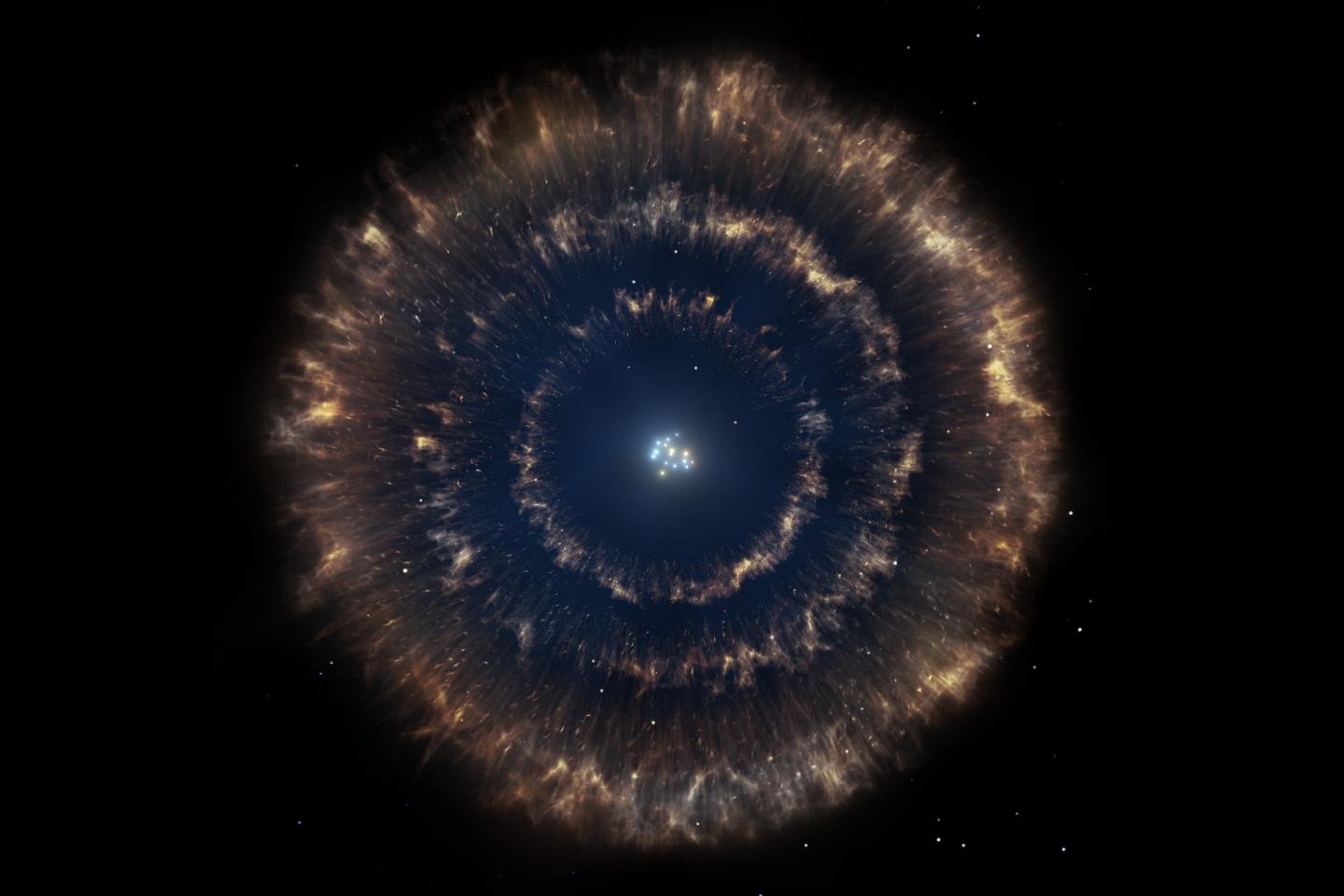
The concentric bubbles, which comprise what researchers call a triple-bubble, are actually three supernova remnants, shells of gas and dust that form following the explosion of a star. This is the first known case of three supernova remnants nesting one inside the other, said the researchers from the Institute of Astrophysics of the Canary Islands (IAC), who made the discovery. The above illustration shows what a cross section of the three rings might look like if scientists could get a closer look.
The shells provide a unique opportunity to study the remains of these stellar explosions, as well as the the interstellar medium, which is the gas and dust that lies between stars, John Beckman, co-author of the new study, said in a news release. Beckman is an astrophysicist with the Spanish National Resource Council and IAC. "We can measure how much matter there is in a shell, approximately a couple of hundred times the mass of the sun in each of the shells," he said.
Using the high-resolution 2D spectrograph GHaFaS (Galaxy Halpha Fabry-Perot System), mounted on the William Herschel Telescope in Spain's Canary Islands, the researchers examined the complex structure of this triple-bubble. The work revealed that the three shells all formed chronologically in the same way, from separate supernova explosions within the same star cluster, Beckman said.
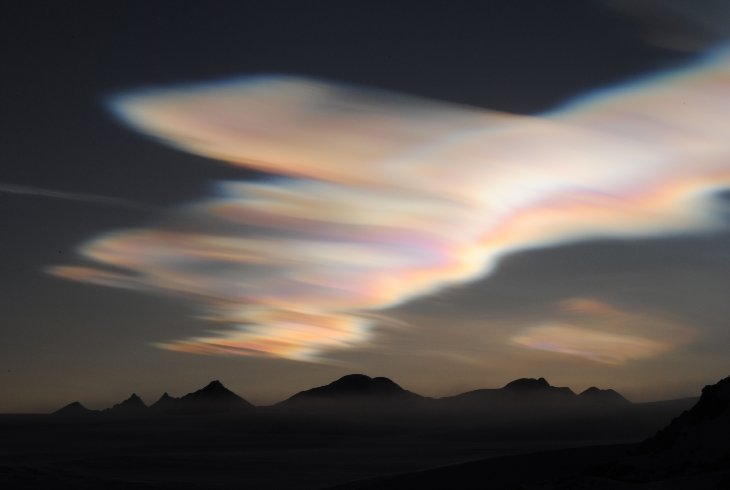
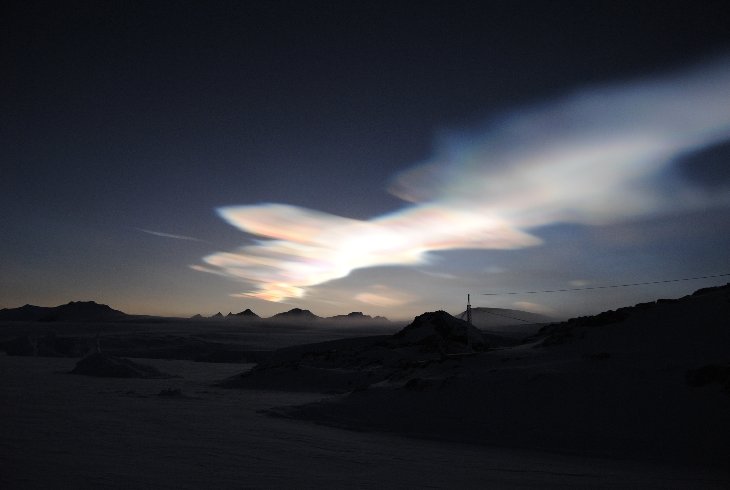
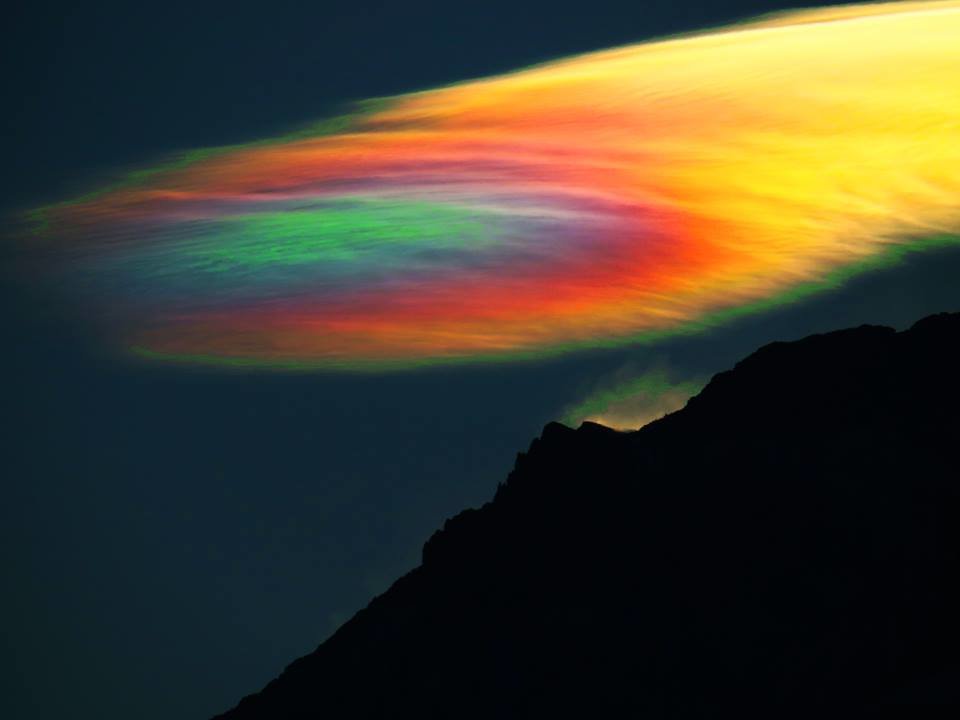
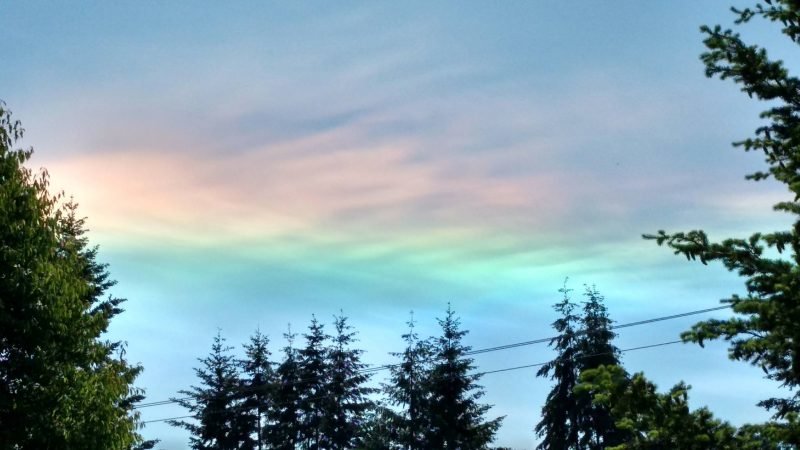
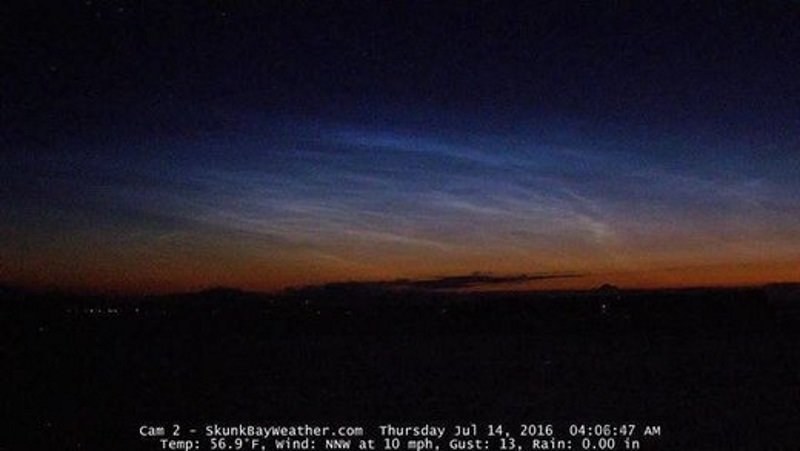
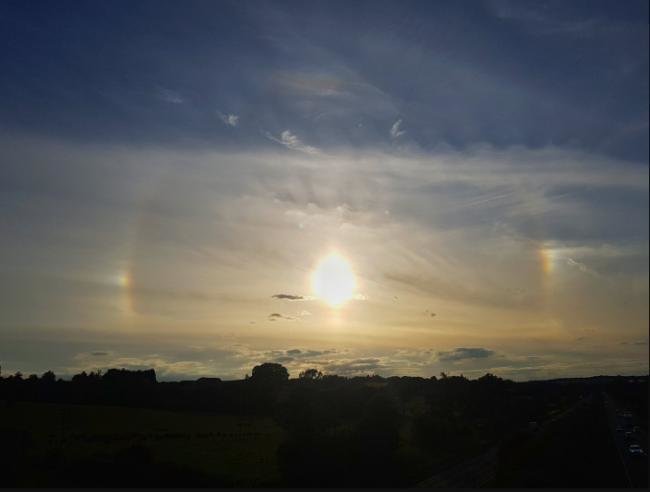
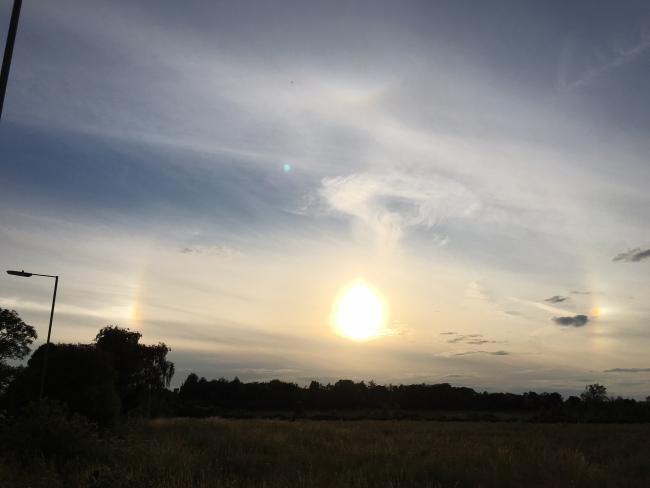
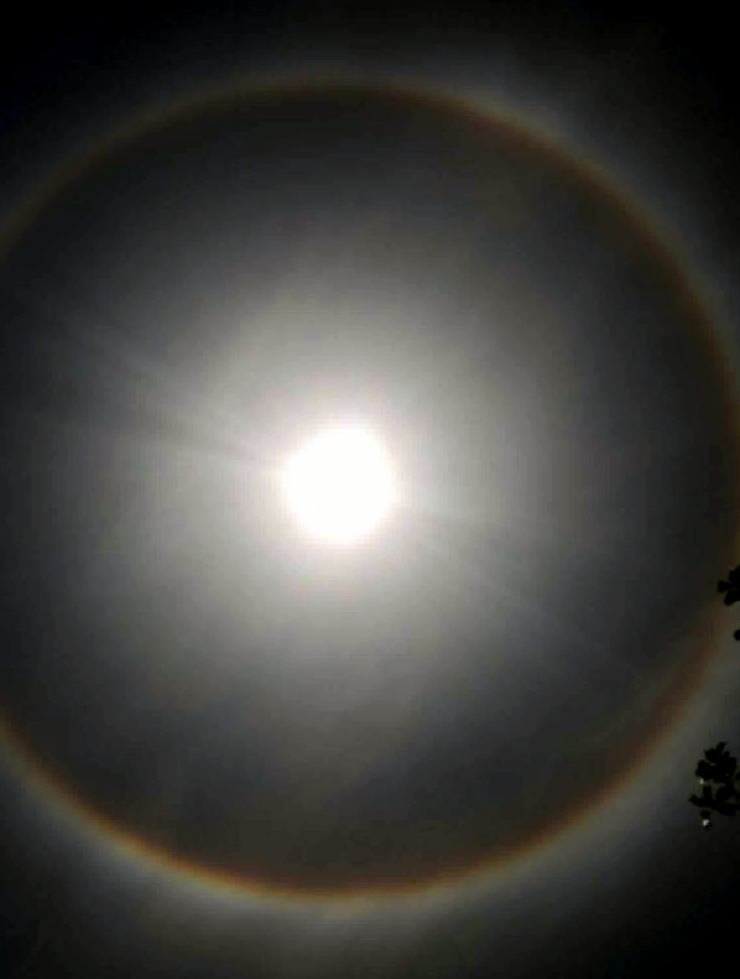
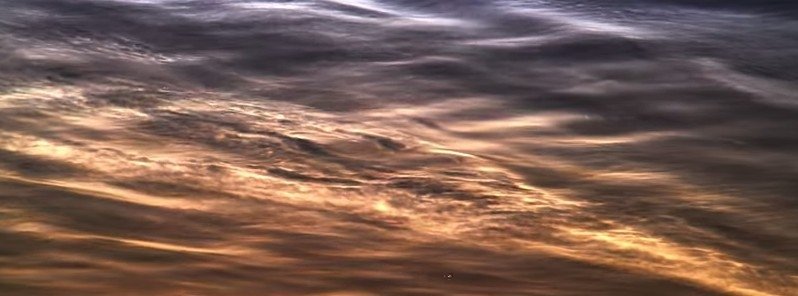
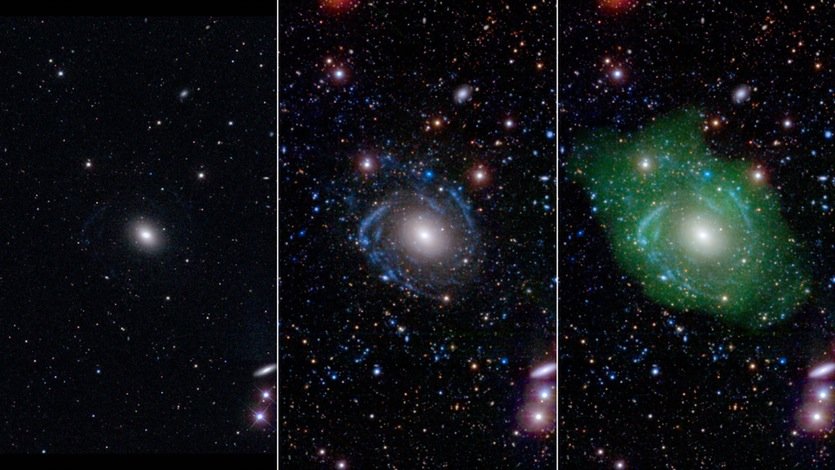




Comment: Though beautiful, these clouds may be an indication of the cooling atmosphere caused by ice crystals. Impending ice age, anyone?
What causes iridescent clouds?